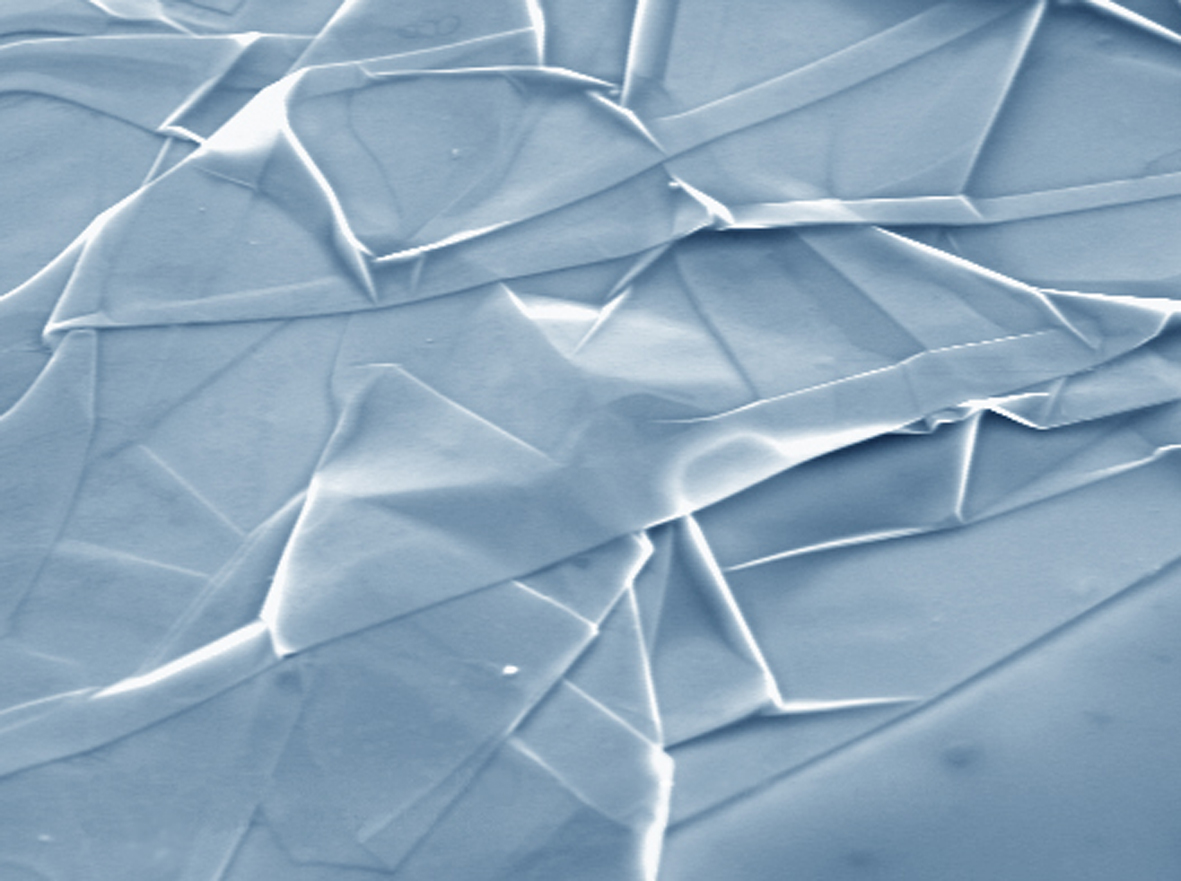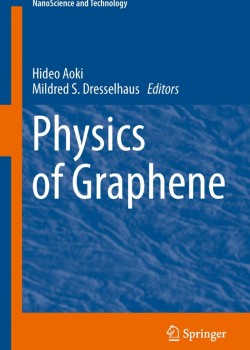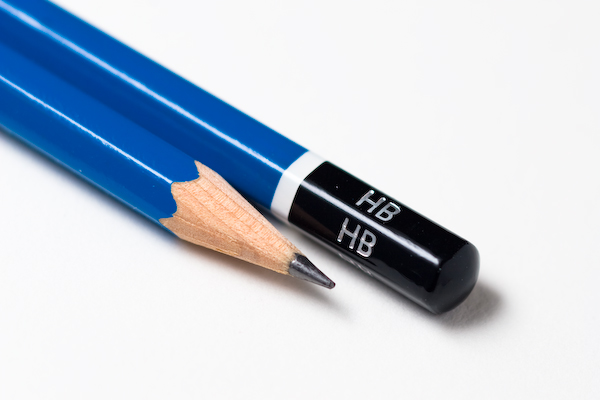
A crumpled graphene sheet on a silicon wafer // Image: Konstantin Novoselov
The most interesting material in the world
Inside your pencil is a material that challenges the fundamental laws of physics. Graphite, the most stable form of carbon, is what allows pencils to mark pages, and for most of its long history it has been considered a dull topic and hardly written about. But strip three-dimensional graphite down to a two-dimensional form, and now you have something to get excited about.
 This happened in 2004 when Andre Geim of the University of Manchester first isolated graphene, (he and Konstantin Novoselov won the Noble Prize for this in 2010). Over 20,000 papers have since been written on the material and on Jan. 7 the subject’s latest book — Physics of Graphene — was published. It’s getting attention because its senior editor is the “Queen of Carbon”, Dr. Mildred Dresselhaus, Emeritus Professor at MIT. She and her co-editor Hideo Aoki of University of Tokyo asked 10 experts to each write a chapter, and they asked Tapash Chakraborty, Professor and Tier I Canada Research Chair in Nanoscale Physics at the University of Manitoba, to write one since he is a world-leader in a branch of graphene research.
This happened in 2004 when Andre Geim of the University of Manchester first isolated graphene, (he and Konstantin Novoselov won the Noble Prize for this in 2010). Over 20,000 papers have since been written on the material and on Jan. 7 the subject’s latest book — Physics of Graphene — was published. It’s getting attention because its senior editor is the “Queen of Carbon”, Dr. Mildred Dresselhaus, Emeritus Professor at MIT. She and her co-editor Hideo Aoki of University of Tokyo asked 10 experts to each write a chapter, and they asked Tapash Chakraborty, Professor and Tier I Canada Research Chair in Nanoscale Physics at the University of Manitoba, to write one since he is a world-leader in a branch of graphene research.
“I do not know Dr. Dresselhaus personally but it was an honour for me that she invited me to write a chapter in this book on a topic where I am internationally recognized,” he said.
Monolayer graphene is one atom thick and looks, as other have written, like molecular chicken wire. It is one of the strongest materials known, and one full of strange properties: it does things previously thought to occur only in the plasma around nuclear stars.
Graphene is an excellent conductor, which is why computer chip manufactures salivate over its potential. Indeed, electrons travel through it so fast that their behaviour is governed by the theory of relativity rather than standard physics. This is a reason why physicists like the U of M’s Tapash Chakraborty get excited.
“Graphene is usually described in superlatives,” Chakraborty told Canadian trade publication Process West in 2011. “It’s the strongest material known, the most lightweight, and mostly highly conductive. Its electrons move much faster than the semiconductors used in today’s transistors.”
Chakraborty is a theoretical physicist who has published impactful papers on graphene, the last one we reported on, though, was in 2009. Since then he has published several articles in prestigious journals, and a long review article (222 pages) on graphene in a respected review journal, Advances in Physics, which the publisher says has been downloaded about 6,000 times.
As Aoki and Dresselhaus note in the book’s Preface, “the state-of-the-art articles presented here on graphene physics, which start from the ‘massless Dirac particle’ and proceed with further unique aspects of graphene, will benefit a wide audience, and encourage them to go even further and to explore new avenues in this fascinating topic.”
With the continued plethora of research articles and several books that are about to be published by distinguished scholars, Chakraborty believes that our fascination with graphene is far from being over, and we expect more surprising discoveries in the coming years.
If nothing else, people will gain new respect for pencils.
Research at the University of Manitoba is partially supported by funding from the Government of Canada Research Support Fund.








